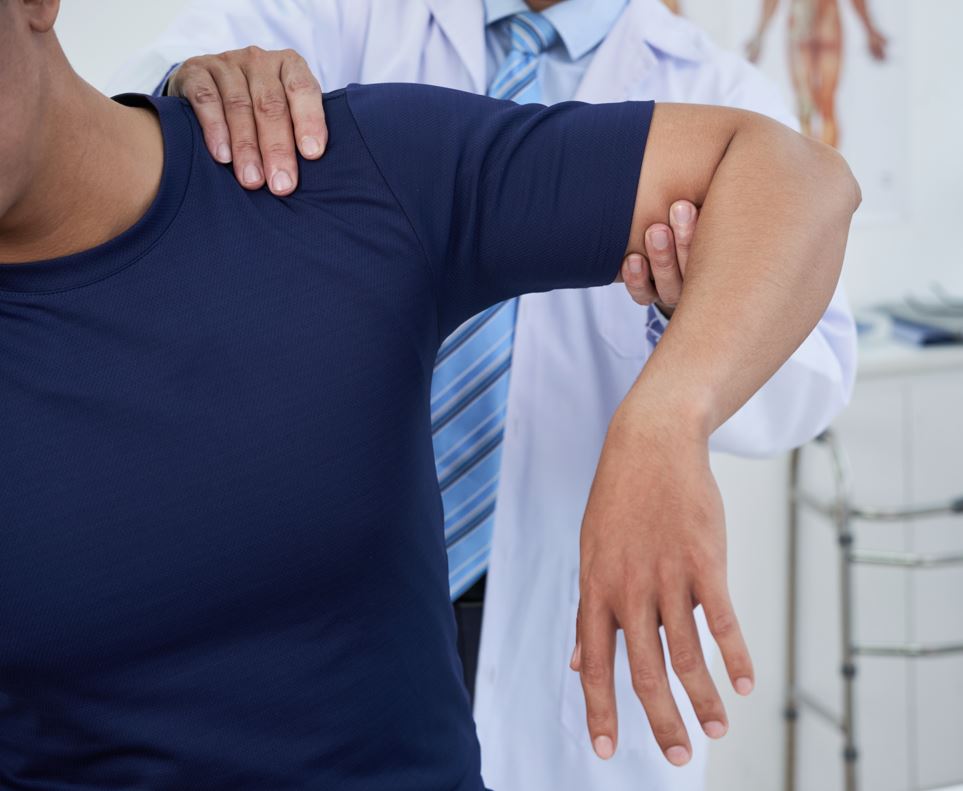
Shoulder instability occurs when the head of the upper arm bone is forced out of the shoulder socket. A shoulder dislocation can occur suddenly due to direct trauma or gradually due to repetitive action and overuse strain. Because the shoulder joint is the most flexible joint in the body, it has a wide range of motion making it more susceptible to instability and other injuries.
If the muscles, ligaments and tendons that normally support the shoulder joint become loose or torn due to disease or injury, shoulder dislocations can happen more easily, and frequently. Chronic shoulder instability is the term used to describe this persistent inability of supportive tissues to keep the upper arm bone properly positioned in the shoulder socket.
Looseness of the shoulder ligaments can be the result of repetitive overhead motion such as tennis, and volleyball – both of which can stretch out the ligaments. Looser ligaments can make it hard to maintain shoulder stability. On-going repetitive activities can challenge a weakened shoulder resulting in a painful, unstable shoulder.
Chronic shoulder instability can cause several symptoms.
A partial shoulder dislocation (subluxation) may start with abrupt pain followed by a sensation of the shoulder joint being suddenly loose. This is accompanied by a pinching sensation when the corresponding arm is raised overhead. When a complete shoulder dislocation happens, it usually results in a sudden, severe pain that intensifies with movement. Bruising, swelling and visible deformity may follow.
Whether a partial or complete dislocation, if at the time of the injury a local nerve becomes stretched, numbness may develop on the outside of the arm, just below the tip of the shoulder. The shoulder muscles may also weaken temporarily until the shoulder heals.
After a shoulder dislocation is confirmed with an X-ray, a reduction procedure may be necessary to restore the joint to its proper alignment. Oftentimes, a dislocated shoulder can be reduced without surgery (a closed reduction).
Treating chronic shoulder instability
Shoulder instability is frequently treated without surgery, with the help of activity modification, physical therapy and nonsteroidal anti-inflammatory drugs (NSAIDs). In some cases, surgery may be recommended to repair a torn or stretched ligament so that it can better hold the bones in place.
Article Source: OrthoInfo
SRO Shoulder and Elbow Care Center
As one of the top programs in the North Bay for shoulder care Santa Rosa Orthopaedic’s Shoulder and Elbow programs provides highly specialized care to those experiencing arm pain. Our patients benefit from the expertise and skill of specialists who perform countless procedures each year while continually pioneering advances in repair and replacement.

